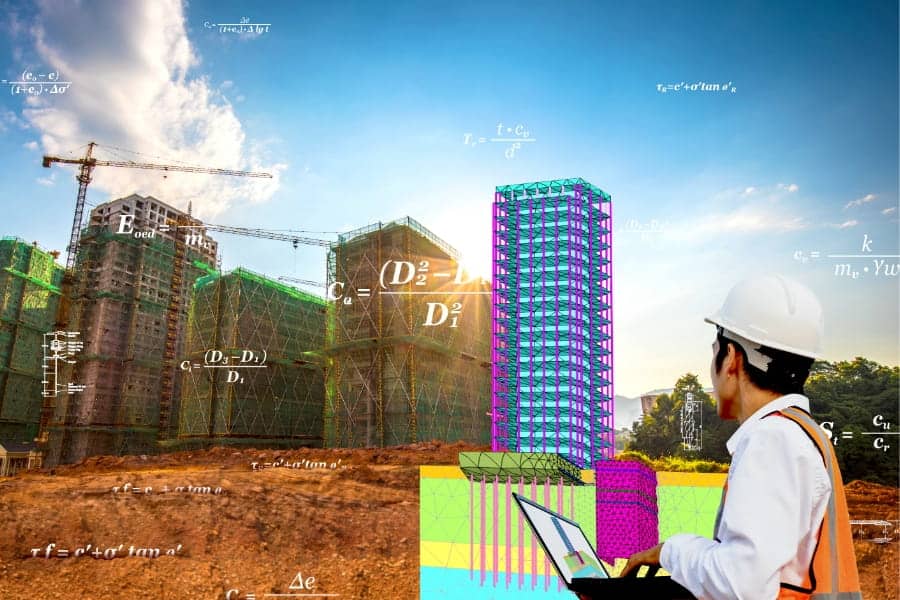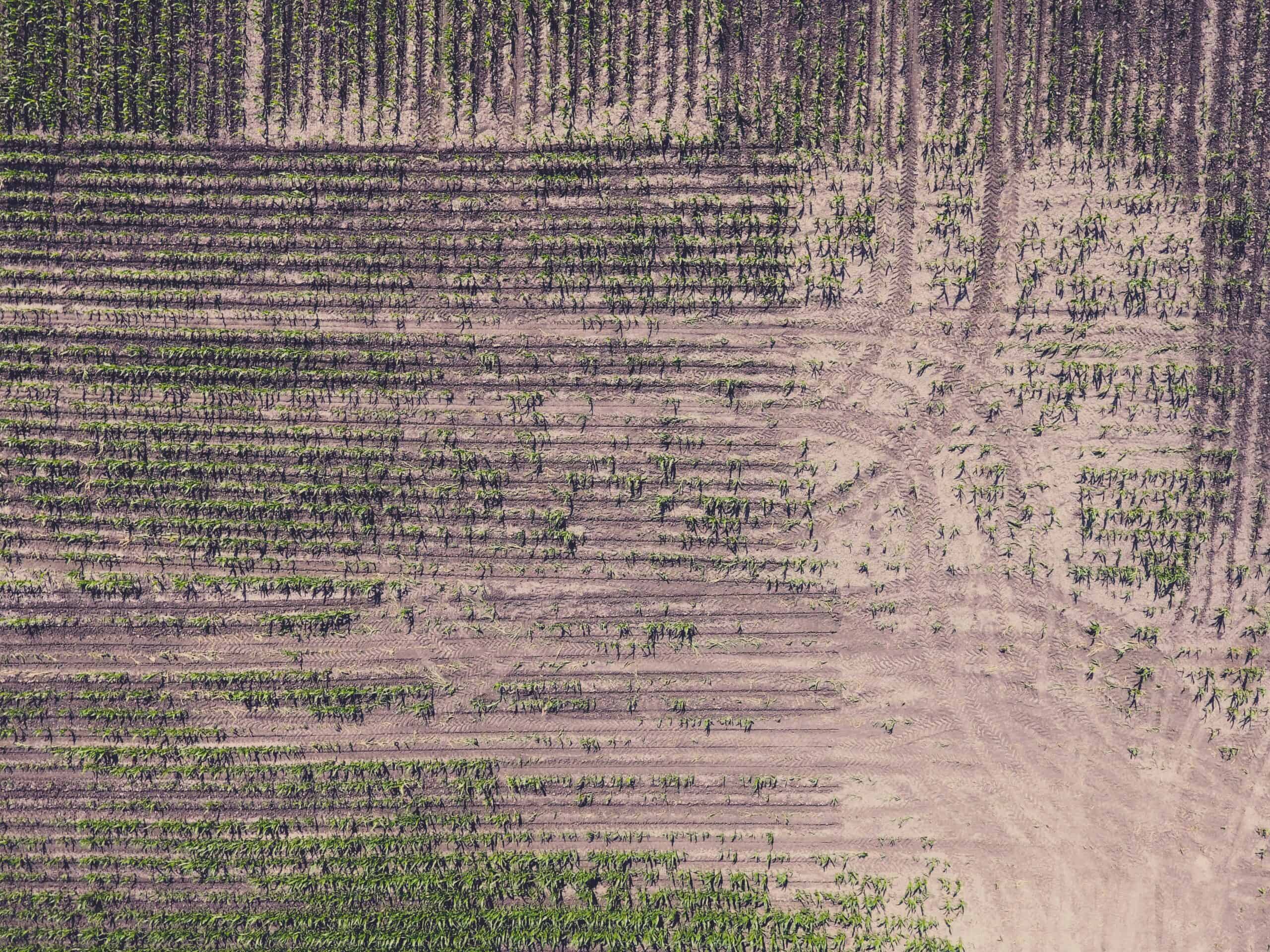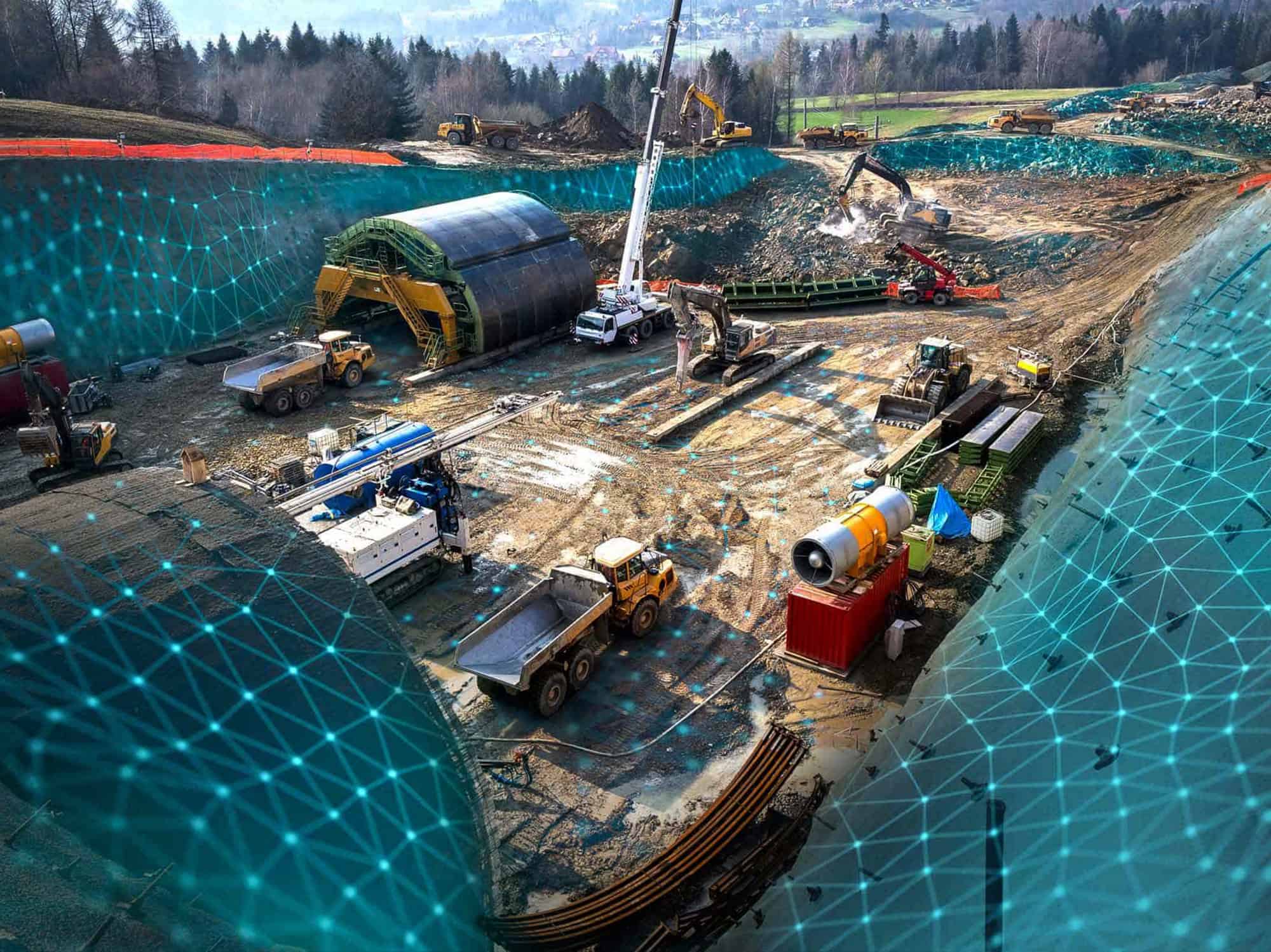A well-known engineering challenge in the framework of finite element (FE) analysis-based design is the large number of input factors involved in geotechnical computational models. There is always a significant amount of uncertainties associated with the properties of geomaterials, being naturally highly heterogeneous materials. In the context of model calibration and validation, conducting a sensitivity analysis is very important. This can determine the key factors which govern the system and efficiently characterize the geotechnical variability for any considered design problem.
Powerful mechanisms for the consideration of parameter variation are also very interesting for speeding up FE model creation and automating results in post-processing. These are also quite useful in reducing model definition for specific types of engineering problems (excavation wall of a specific type under simple ground conditions, simple tunnel shape in uniform rock mass, etc.) to a limited number of parameters that can be inputted in a text file or Microsoft Excel spreadsheet without expert knowledge of the PLAXIS user interface and different modeling techniques and FE know-how.
The sensitivity analysis and parameter variation tool in PLAXIS
A sensitivity analysis determines how different values of an independent variable affect a particular dependent variable under a given set of assumptions. In other words, sensitivity analyses study how various sources of uncertainty in a mathematical model contribute to the model’s overall uncertainty.
The Sensitivity Analysis and Parameter Variation tool (see Figure 1) can be used to evaluate the influence of model parameters on calculation results for any particular PLAXIS FE model:
- The Select Parameters tab sheet will first provide information about all the parameters that can be changed to perform the sensitivity analysis. Available parameters include most model parameters of the data sets for soil and interfaces, as well as parameters of the data sets of structural elements, if applicable.
- The Sensitivity Analysis tab sheet then enables you to add one or more criteria, on the basis of which the sensitivity score will be calculated. This criteria can be:
- A nodal displacement of a particular point in the geometry
- A stress or strain values at a specific integration point in the soil mass
- A calculated global quantity (safety factor at the end of a safety analysis, for instance)
- The Parameter Variation tab sheet enables you to calculate the upper- and lower-bound results of all combinations of upper-and lower-bound values of the parameters considered in the Parameter Variation Analysis. For N parameters, 2N variations will be calculated. The number of calculations required for a Parameter Variation analysis is significantly larger than the number of calculations required for a Sensitivity Analysis involving the same number of parameters. Therefore, it is recommended to first perform a Sensitivity Analysis to evaluate which parameters have a major influence on the results, and then perform a Parameter Variation Analysis (with a reduced number of parameters compared to the Sensitivity Analysis).
Figure 1: Sensitivity analysis and parameters variation tool
PLAXIS command line: Model definition and parameter variation made easy
The PLAXIS graphical user interface (GUI) enables you to carry out model item creation using a simple command. The command line syntax is easy-to-use and consists of one keyword followed by parameters, making it simple to understand and thus accessible to any user. The command line also possesses its own reference manual, where any possible options and associated combinations of parameters are presented.
Even more interesting is the fact that each user action – from selecting GUI options with the mouse, to entering model data from the keyboard – is automatically translated into a single command. All implicitly generated commands are being populated in the Command line session as model creation further progresses. This session can then be saved, edited, and re-used to automate model creation. Save time and take advantage of your best practices.
Parameter variation and sensitivity analysis can therefore be undertaken with the possibility to consider a wider variety of parameters, not just material ones.
A wide variety of parameters can be considered. Watch this example of a pile raft model definition
Watch the video above to see a demonstration of this capability in the simple framework of a pile raft model definition. The main geometry can be provided in a Microsoft Excel spreadsheet where the commands are automatically created such that they can simply be copied and pasted in the PLAXIS 3D command runner.
PLAXIS Python scripting: The ultimate customization solution
There can be no doubt that the popularity of Python has grown substantially over the last few years. It’s widely recognized as one of the world’s most popular languages and is growing in popularity among engineers.
Python is particularly renowned for its use in automation and as a language. It greatly reduces the workload for engineers, especially by using many well documented libraries. Thanks to these resources, one can solve challenging problems in a matter of seconds. Another reason to opt for Python is that it is a relatively easy language to learn. Its syntax is simple, and it is a far less complicated language to use and learn than many other scripting languages.
In this context, PLAXIS software provides a HTTP-based API (REST HTTP API), for which a special Python wrapper was developed for an easy-to-use scripting API. Both PLAXIS input and PLAXIS output support the usage of a Remote Scripting server. Through the API, it is possible to parameterize any geotechnical problems or automate any calculation process and follow-up results post-processing, saving a considerable amount of time.
PLAXIS offers an easy-to-use scripting API
This can be illustrated in the video shown above. Python scripts have been written to study the influence of a material parameters on the radial stress evolution around a excavated circular tunnel in an initial state of uniform stress. One can see the model parameters entirely summarized in an input file that the user can modify. The script is then launched from PLAXIS 2D, and it can be observed that:
- The entire FE model is generated automatically.
- All calculation phases are defined, each of them considering a different set of material properties.
- The calculations are being run simultaneously.
- Results are being post-processed, looping over all phases to extract the radial stress evolution and finally plot them in a single graph.
Note the using of the matplotlib library to generate tailored charts easily and quickly.
Discover the PLAXIS Productivity Strategies series featuring blogs, LinkedIn Live sessions, and webinars.
Learn the top efficiency tips to solve your common problems.
Learn more about PLAXIS with Bentley’s eStore:
Check out the Concept to Construction series including the PLAXIS session here.
Interested in PLAXIS soil models? Find more resources here.
Want to learn the specialized material models in PLAXIS 2D and 3D?
Get access to new educational PLAXIS videos to explore the benefits and value of using PLAXIS.
For the price and the amount of Keys included in PLAXIS Virtuoso Subscription, please visit this page.
Want to learn more about what PLAXIS can do for you? Don’t hesitate to contact our geotechnical experts. We are happy to help.









